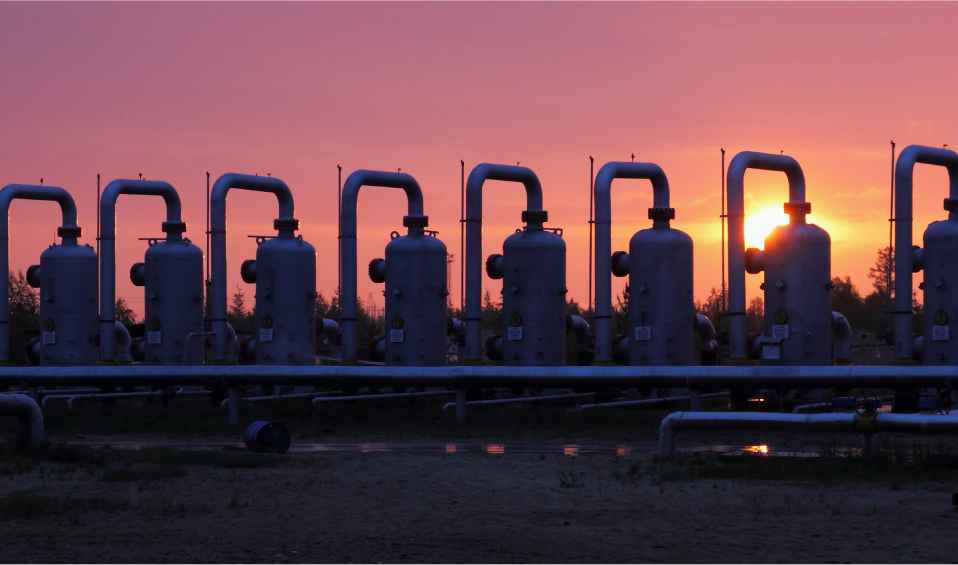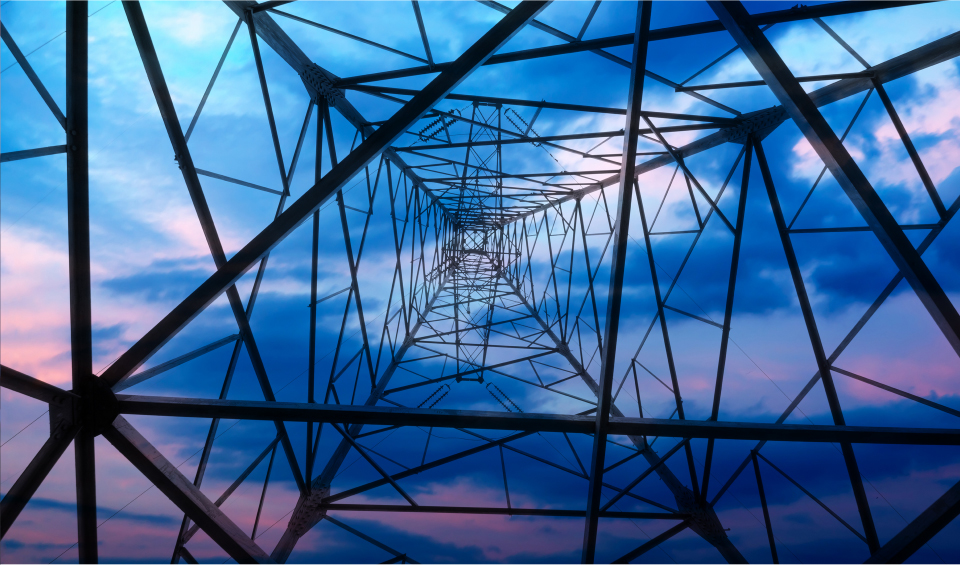
Thanks to ESCP Business School's Energy Management Centre wide network in the academic and business communities, our views on energy news give you comprehensive insight into energy issues.
Please join us...
Sustainability is on the cusp of an evolutionary leap. Companies all over the world are beginning to explore more sustainable ways of doing business, primarily due to the global climate emergency. They consider their long-term impact on the local environment, society, and the economy and ask whether their business makes a positive contribution. Becoming more sustainable may not be easy at first, but business sustainability is more an opportunity than a threat. The challenge is well worth the reward since there is no long-term trade-off between sustainability and financial value creation. Sustainable companies will be more resilient and create an enduring impact.
This article looks at the value of sustainability to business. First, it discusses the benefits as well as key strategies and challenges to increasing sustainability in business. Second, the link between energy efficiency and sustainability is examined. The business plan of the world's most sustainable energy companies is analysed, focusing on the lessons energy businesses can learn to become more sustainable.
Discoveries of natural gas have occurred in a number of sub-Saharan African (SSA) countries, bringing enthusiasm and hopes for economic growth that addresses the energy deficit and limited access to electricity while lowering costs and carbon emissions. Côte d’Ivoire, Ghana, Mauritania, Mozambique, Namibia, Senegal, South Africa and Tanzania are among those countries.
In the developed world, natural gas has proven to be a vital energy resource and increasingly gained traction as an energy transition fuel to reduce the carbon dioxide emissions and other gases that contribute to climate pollution.
Not a day passes without claims being made by experts, analysts and organisations prominent among them the International Energy Agency (IEA) about climate change, global energy transition, net-zero emissions, peak oil demand and the end of oil.
However, the global economy can neither take such claims nor can it fulfil them. And contrary to these claims, oil will continue to drive the global economy throughout the 21st century and probably far beyond underpinned by both rising world population and growing global economy.
On the 1st of November 2021, the 26th United Nations Climate Change Conference, also known as COP26 which stands for ‘Conference of the Parties’, is scheduled to be held in the City of Glasgow from 1-12 November under the presidency of the United Kingdom.
For nearly three decades the UN has been bringing together almost every country on earth for global climate summits. In that time climate change has gone from being a fringe issue to a global priority.
During COP21 which took place in Paris in 2015 the Paris Climate Change Agreement was born. For the first time ever, something momentous happened: every country agreed to work together to limit global warming to well below 2 degrees and aim for 1.5 degrees to adapt to the impacts of a changing climate and to make money available to deliver on these aims.
Part 3: Energy Security
Last month, I posted the second of a few articles that will consider the responsible integration of renewable and nuclear generation to foster economic, social, and environmental improvements for developing countries in the mid to long term. The first article focused on economic expansion and the second article discussed possible socio-economic impacts. In this third article, the discussion will shift towards energy security, which continues to have major global ramifications as it has for hundreds of years.
The concept of energy security has different meanings to different groups and people. Bearing that in mind, it can be challenging to make meaningful comparisons and conclusions when circumstances can vary so widely from place-to-place and region-to-region. By using data from the World Energy Council, the goal will be to consider energy security from three key perspectives that can likely impact decision-making at the national and regional level.
The Suez Canal hit the news on Tuesday 23 March 2021 when a mammoth container ship, the 224,000-ton ‘Ever Given’ ran aground in the canal after 40-knot winds and a sandstorm may have caused low visibility and poor navigation. The ship has lodged itself across the waterway (see Photo 1).
Part 2: Social Impacts and Implications
Last month, I posted the first of a few articles that will consider the responsible integration of renewable and nuclear generation to foster economic, social, and security improvements. The first article can be found here. In this second article, I wanted to shift towards the positive social implications from expanding generation assets in a responsible manner to support not just the aforementioned economic development but also long-term social benefits.
For developing countries (especially in Africa and Asia), central planning organizations have the perfect opportunity to develop long-range plans for key infrastructure expansion (notably in the energy sector) while simultaneously improving the quality of life for their citizens. Creating an effective long-term and fiscally responsible diversified energy plan using wind, solar, hydro, and nuclear power can help improve their social and education systems and support their development needs with the latest technology advances driving modern life in the 21st century.
Economic Expansion
Renewable and nuclear energy – the two largest sources of non-emitting technologies – do not need to be mutually exclusive if forward-thinking countries and companies can develop suitable complementary advanced energy management techniques. New hybrid energy solutions could play to the strengths of the respective technologies while acknowledging the shifting dynamics of electricity markets that are adjusting to the realities of an increase in intermittent generation models. And with developing countries frequently having more flexibility to design their grid structures (in comparison to pre-existing limitations in many first-world countries), the opportunities may exist to demonstrate these advances in emerging economies.
2020 will enter history books as the year of the COVID-19 pandemic which has inflicted the biggest damage on both the global economy and the global oil market since the Great Depression of 1929.
It will change the way we live in more ways than one. If anything, the pandemic has proven irrevocably how inseparable oil and the global economy are by demonstrating that destroying one automatically destroys the other and vice versa. 1
In the family apartment in my hometown les Ulis (south suburb 20 miles away from Paris, France), I vividly remember spending the first few weeks of the month of May 2003 preparing from my master's oral exam for the ESCP Business School ....
Since late March 2020, many African Governments have announced COVID-19 crisis national response plans, including a number of social relief measures. Thirteen African governments provided free electricity for poor households and electricity consumers in the social category to help them during the crisis. This paper presents a brief overview of this specific measure in those countries, tackles related issues and challenges, and benchmarks similar social interventions elsewhere in the world.
Lest We Forget
The Suez crisis of 1956 was such a momentous event for Great Britain that it reduced a great and proud country from a major player on the international stage to a second rate power, caused its economy to shrink and devalued its currency.
The War on Iraq in 2003
Almost seventeen years ago, a group of neoconservative hawks among them John Bolton, President Trump’s current national security adviser, persuaded President George W. Bush to mount a quick invasion of Iraq because, they alleged, it had “weapons of mass destruction.” That decision, based on dubious intelligence and taken against the advice of many of America’s closest allies, triggered a huge refugee crisis, destabilized the entire Middle East and cost the global economy an estimated $12.584 trillion of which the US economy’s share was $6.52 trillion according to a research paper titled: ”The Oil ’Price Rise’ Factor in the Iraq War: A Macroeconomic Assessment” I wrote and was published by the United States Association for Energy Economics (USAEE) on the 4th of June 2008. Moreover, nearly 5,000 Americans lost their lives in Iraq with hundreds of thousands more injured and receiving lifetime disability compensation.
The great rivalry between the United States and China will shape the 21st century. It is a truth universally acknowledged that a great power will never voluntarily surrender pride of place to a challenger. The United States is the pre-eminent great power. China is now its challenger.
The escalating trade war has been casting dark clouds over the global economy creating uncertainty and depressing the global demand for oil and therefore oil prices.
The shift from the pure commodities to the Value-added services (VAS) in the Smart Cities.
All industry players are migrating to innovative services; Power and Gas providers to the energy monitoring, Telcos to the smart home services, device producers to the smart devices. These sectors (VAS) are more and more overlapped. Let's consider the offered range of VASs of an Energy provider, a Telco or a device producer...they are mostly the same.
Despite efforts by John Bolton the hawkish neo-conservative National Security Adviser to President Trump and Israel’s Prime Minister Benjamin Natanyahu to push the United States to go to war with Iran, war is neither an option for Iran nor for the United States.
Iran is not seeking a war with the United States but it will retaliate if its crude oil exports were prevented from passing through the Strait of Hormuz. And while it will be virtually impossible to block the Strait completely, Iran can nevertheless mine it and wait for an oil tanker loaded with oil to hit a mine. That alone could deter oil tanker owners and insurance companies from sending their tankers across the Strait. Alternatively, Iran could threaten to sink an oil tanker. That could have the same effect like mining the Strait.
Last month Saudi Aramco hit the news when it was named as the world’s most profitable company with revenue of $224 bn, a net income of $111 bn and a free cash flow of $86 bn against a total debt of $27 bn in 2018.
There was a lot of fanfare about Saudi Aramco created by investment banks which benefited hugely from Saudi Aramco’s launch of a major bond issuance to help finance its acquisition of 70% stake in Saudi petrochemical Basic Industries Corporation (SABIC).
The evolution of battery-powered vehicles
The coming of battery-powered cars has a long history. In 1799, the Italian Alessandro Volta established the scientific principles regarding storage of electricity in electrochemical form by putting two different types of metals—electrodes and the electrolytes—into contact, which led to the creation of the first electric cell. In 1859, the French physicist Gaston Planté developed the first acid battery. Electric vehicles (EVs) appeared with the advent of the automobile and accounted for one third of vehicles in the United States in the 1900s, before being displaced by more competitive internal combustion engines (ICEs) (1).
In recent years, there has been a rekindling of interest in EVs, as governments look to tackle carbon emissions from transportation sectors, contributing over 20% of total global emissions (2). The quest for energy independence and technological ownership are also factors driving government support for EVs (3). Norway and California have implemented subsidy programmes towards such ends. The United Kingdom and France have recently announced that they will ban the sale of fossil-fuel automobiles after 2040.
Within the European Union (EU), one of the key aspects of its energy strategy is to ensure the security of supply. This objective was introduced in the 2007 Lisbon Treaty, in its article 176A:
“The Union policy on energy shall aim, in a spirit of solidarity between Member States, to ... ensure security of energy supply in the Union” (1).
As a significant portion of the energy consumed in Europe is imported from Russia, it is crucial for the EU to reduce its dependency. The Lisbon Treaty vows to procure to the EU a roadmap to build a resilient energy network within its territory, as well as to diversify import channels.
The global oil market and its leaders
2018 had seen oil prices buffeted by bullish and bearish influences with oil prices seesawing from $66.87 a barrel on the first day of the year, to a high of $87 in early November then slumping before Christmas to a disappointing $54.10.
Who gets what?
But there were other forces at play that significantly influenced the price of oil in 2018. These forces were personalities whose decisions, utterances and in some cases farsightedness impacted directly on oil prices and the global oil market and may equally do so in 2019 as well.




527 Finchley Road
London NW3 7BG
United Kingdom
Tel: +44 (0)20 7443 8800
Fax: +44 (0)20 7443 8845
E-mail: [email protected]










